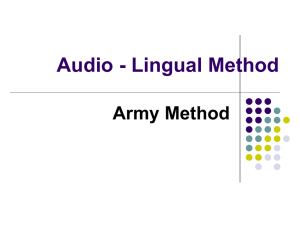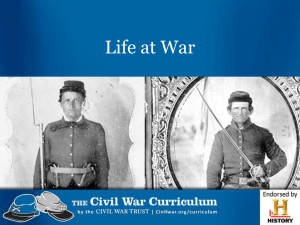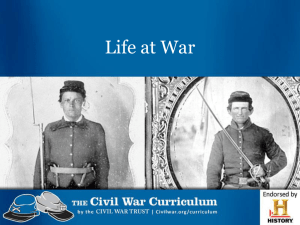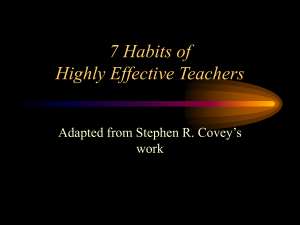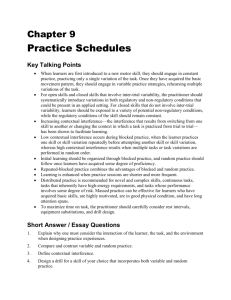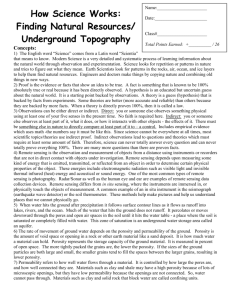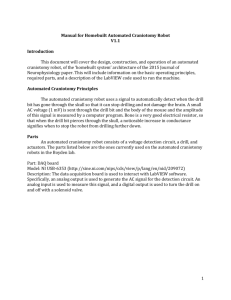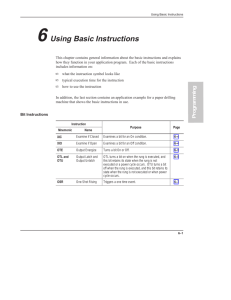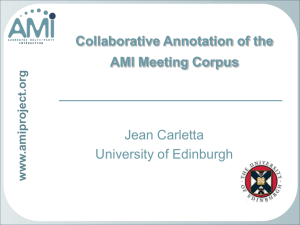Speed Reading
advertisement
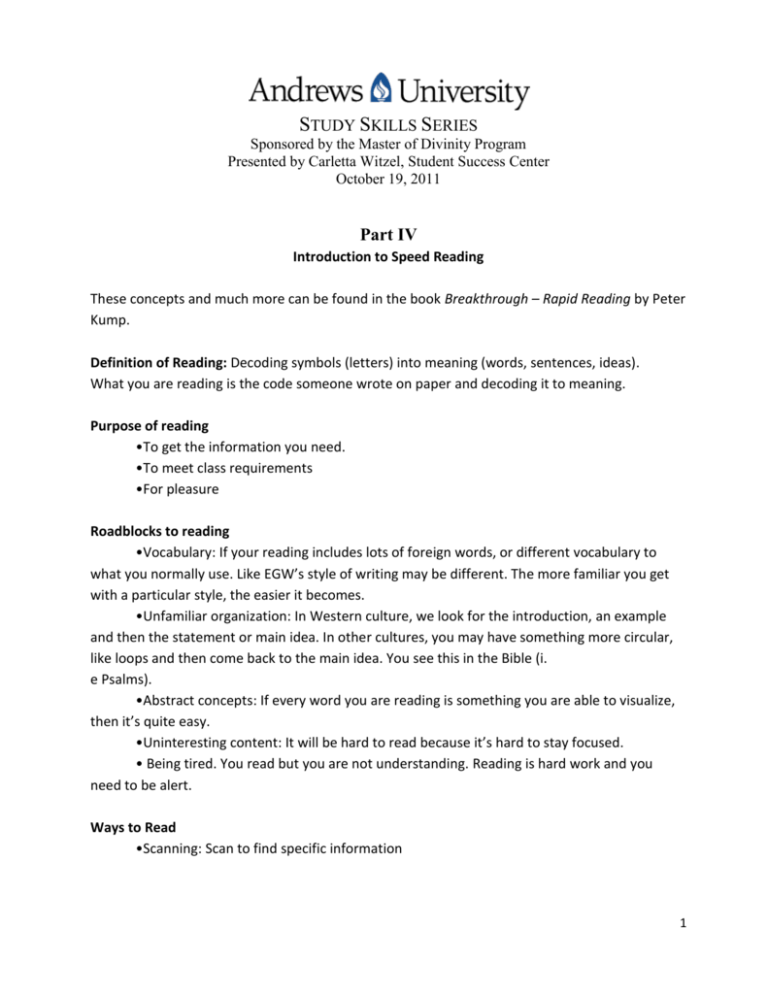
STUDY SKILLS SERIES Sponsored by the Master of Divinity Program Presented by Carletta Witzel, Student Success Center October 19, 2011 Part IV Introduction to Speed Reading These concepts and much more can be found in the book Breakthrough – Rapid Reading by Peter Kump. Definition of Reading: Decoding symbols (letters) into meaning (words, sentences, ideas). What you are reading is the code someone wrote on paper and decoding it to meaning. Purpose of reading •To get the information you need. •To meet class requirements •For pleasure Roadblocks to reading •Vocabulary: If your reading includes lots of foreign words, or different vocabulary to what you normally use. Like EGW’s style of writing may be different. The more familiar you get with a particular style, the easier it becomes. •Unfamiliar organization: In Western culture, we look for the introduction, an example and then the statement or main idea. In other cultures, you may have something more circular, like loops and then come back to the main idea. You see this in the Bible (i. e Psalms). •Abstract concepts: If every word you are reading is something you are able to visualize, then it’s quite easy. •Uninteresting content: It will be hard to read because it’s hard to stay focused. • Being tired. You read but you are not understanding. Reading is hard work and you need to be alert. Ways to Read •Scanning: Scan to find specific information 1 •Skimming: Looking over a page, page by page, only things that pup up. It could be titles, longer words, just to get an idea of what things are all about. It can be a good review tool. It saves you a lot of time, but does not take the place of real reading. •light reading: like Reader’s Digest. Light entertainment. You don’t need to hold the material for a long time. You can go faster. •Study reading (analytical); You need to analyze. Have a conversation with the author. Let me look for your reasons. By nature you will be reading more slowly. The speed you read depends on •What you need from the text •How difficult the text is. •Use faster reading for pre-reading, review, finding a specific item, pleasure reading (perhaps) •Use slower reading for studying, for more difficult text, to extend pleasure reading (perhaps) Even though you can’t read difficult text as quickly as you can read easy text, practice on easy text should also help your rate on harder text to increase (but at a slower rate). The best gains are on easy text because hard text is frustrating to practice on. Increasing Your Reading Speed 1. Most people experience “regression”; their eyes go forward two or three “stops” and then go back. It’s an unconscious process. If you stop the regression habit, you may gain 20-30% percent of the reading ability. After 3 weeks it will become a habit. a. To reduce regression, practice reading using a finger or pen to underline text every time you read, it takes about three weeks to break the habit. This can gain about 20%-30% words per minute. 2. Re-reading easy material is a good way to build reading speed. Use the “stretching drill” to read a little faster. a. Set a timer for one minute. b. Read as far as you can in one minute, mark where you stopped. Write what you remember (to check comprehension) c. Re-read for one minute, moving marker if you go farther. (Add to your notes) d. Re-read again, moving marker again if you can. (add to your notes) e. Move to a new section of text, repeat steps. You can use this drill any time you have a few minutes and something easy to read. The best progress happens when you can practice at least three times a week. 3. Your mind adjusts to faster reading speeds over time, just like your mind adjusts to faster driving speeds. Use the concept of “practice reading” (looking at words faster than you 2 can actually read) to train your mind to take in information at a faster rate. Try the “three-two-one” drill to practice reading very quickly. a. Use easy text. Set a timer for three minutes. b. Read as far as you can for three minutes, mark where you stopped. Write what you remember. c. Re-read for three minutes, moving your mark at the end. Add to your notes. d. Set your time for two minutes. Practice read as fast as necessary to reach your last mark. Add whatever you can to your notes (may not be much). e. Set your timer for one minute. Practice read as fast as necessary to reach your last mark. Add to your notes if you can. Most people find this drill tiring. Limit it to one session a day, a few times a week to avoid a headache. Calculate your reading rate by counting the number of words you could read in one minute. Your rate should vary according to the difficulty of the text. Most books have a fairly even number of words per page, so you could prepare a text by counting the words on a full page and rounding it off. If you want to add more “comprehension” to your speed reading, stop after each reading and write what you have learned. 3
